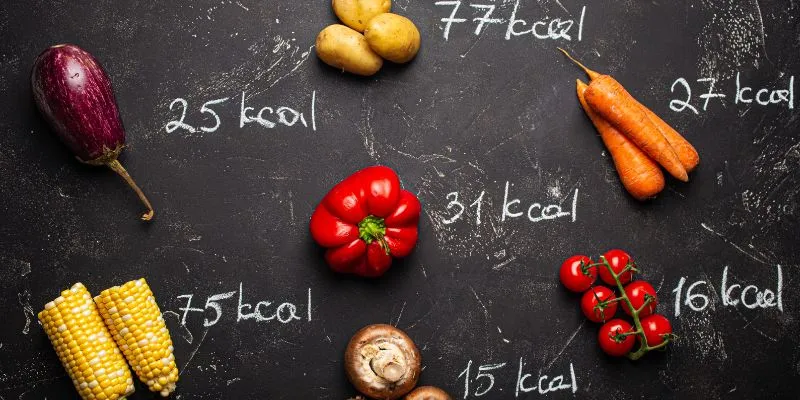Understanding the Cost of Goods Sold: A Guide to Accurate Calculations
Managing the financial side of a business is crucial for maintaining profitability. Among the most important metrics to track is the “cost of goods sold " (COGS), which helps you understand how much you’re spending to produce or acquire the products you sell. Knowing your COGS can significantly affect pricing strategies, tax obligations, and overall financial health. In this article, we’ll explore what COGS is, the key components involved, how to calculate it, and why it plays a central role in your financial statements.
What Is the Cost of Goods Sold (COGS), and Why Does It Matter?
Cost of goods sold (COGS) represents the direct expenses a business incurs in producing or purchasing the goods it sells during a specific period. This includes materials, labor, and production overhead directly tied to the creation of products. However, it excludes indirect costs such as marketing, distribution, and administrative expenses.
For example, if you run a bakery, your COGS would cover the cost of flour, sugar, and eggs, as well as the wages of the bakers. It wouldn’t, however, include the cost of rent for your office or the money spent on advertising.
Knowing your COGS is essential for understanding how efficiently you’re operating. The lower your COGS relative to your revenue, the more profitable your business will be. Additionally, COGS is an important factor for tax reporting. Most tax systems allow businesses to deduct COGS from their revenue to determine taxable income , lowering the overall tax burden.
Why COGS Matters
There are several reasons why COGS is so important for any business:
Profitability: Understanding COGS helps you assess the profitability of your business. By subtracting COGS from total revenue, you can determine your gross profit. The lower your COGS, the higher your gross profit will be, assuming sales remain consistent.
Tax Deductions: COGS can significantly reduce taxable income , which can lower your overall tax obligations. It’s a figure that tax authorities often allow businesses to deduct from their revenue.
Cost Efficiency: Knowing how much it costs to produce or acquire your products allows you to track cost efficiency. This helps in pricing strategies and identifying areas where costs could be reduced without impacting product quality.
Components of COGS
Understanding the different elements that make up COGS helps businesses calculate it accurately. The most common components include:
Raw Materials: These are the basic materials used in the manufacturing of products. For example, if you run a furniture business, the wood, nails, and screws would count as raw materials.
Labor Costs: This includes the wages paid to workers directly involved in the production process, such as machine operators, assemblers, and bakers.
Manufacturing Overhead: These are indirect costs that are necessary for production but cannot be traced to a specific product, such as utilities for the production facility, equipment depreciation, and factory rent.
Inventory Purchases: If you are a retailer rather than a manufacturer, COGS would largely consist of the cost of acquiring inventory that you intend to resell to customers.
Each of these components adds up to give you the total cost involved in bringing products to market, which is why it’s essential to track them accurately. Doing so can help you make smarter financial decisions, such as optimizing your supply chain or reducing labor costs.
How to Calculate COGS

The formula for calculating COGS is relatively simple:
COGS = Beginning Inventory + Purchases - Ending Inventory
Let’s break this down:
Beginning Inventory: This is the value of the products you had in stock at the start of the accounting period. These could be leftover goods from the previous period.
Purchases: This refers to the cost of acquiring additional goods during the period, whether through manufacturing or purchasing more inventory from suppliers.
Ending Inventory: At the end of the period, you’ll assess how much inventory you still have left. This value is subtracted because those products haven’t been sold yet and, therefore, haven’t generated revenue.
Here’s a simple example: Imagine you own a retail store with the following data for a given month:
- Beginning Inventory: $10,000
- Purchases: $5,000
- Ending Inventory: $3,000
Using the formula:
COGS = 10,000 + 5,000 - 3,000 = $12,000
So, for that month, your cost of goods sold is $12,000. This means you spent $12,000 on the inventory that was actually sold during that period.
How COGS Affects Financial Statements

The cost of goods sold plays a critical role in determining your business’s financial health. It directly affects your gross profit, which is the amount left after subtracting COGS from total revenue. For instance, if your revenue is $100,000 and your COGS is $40,000, your gross profit would be $60,000. This gross profit figure is crucial because it covers all other expenses, like marketing, salaries, and taxes, and contributes to your net profit.
A lower COGS means higher gross profit, assuming sales stay the same. Therefore, managing your COGS can be a powerful way to boost profitability. By reducing raw material costs, improving labor efficiency, or negotiating better supplier rates, you can lower your COGS and improve your financial outcomes. Also, because tax systems typically let you deduct COGS from your revenue, managing it well can lower your taxable income and reduce your tax burden.
Conclusion
The cost of goods sold is a vital financial metric for any business that sells products. Accurately calculating COGS ensures that you understand how much it costs to produce or acquire your products and helps you make informed decisions about pricing, budgeting, and profitability. Managing COGS effectively can also improve your bottom line, both by increasing gross profit and reducing taxable income. Whether you run a small business or a large enterprise, knowing how to calculate and optimize COGS is crucial for financial success.











